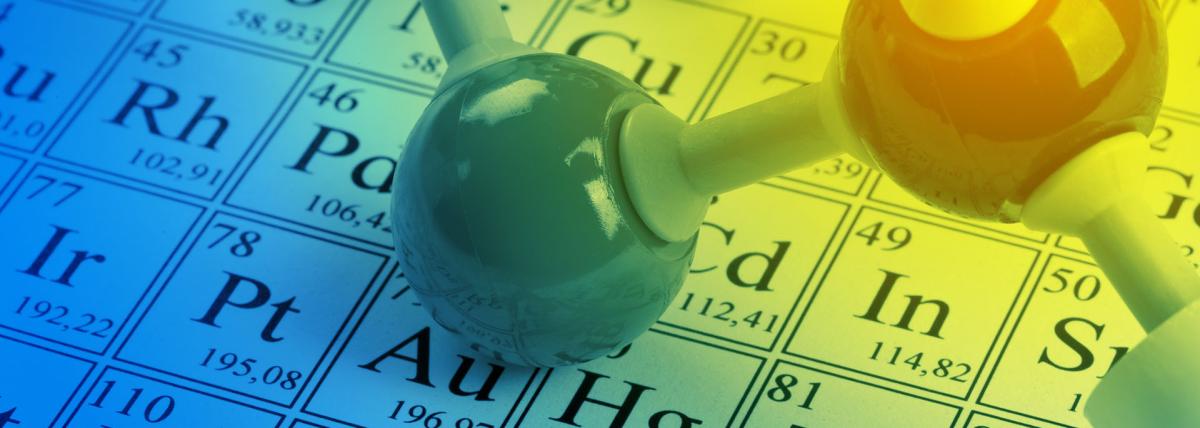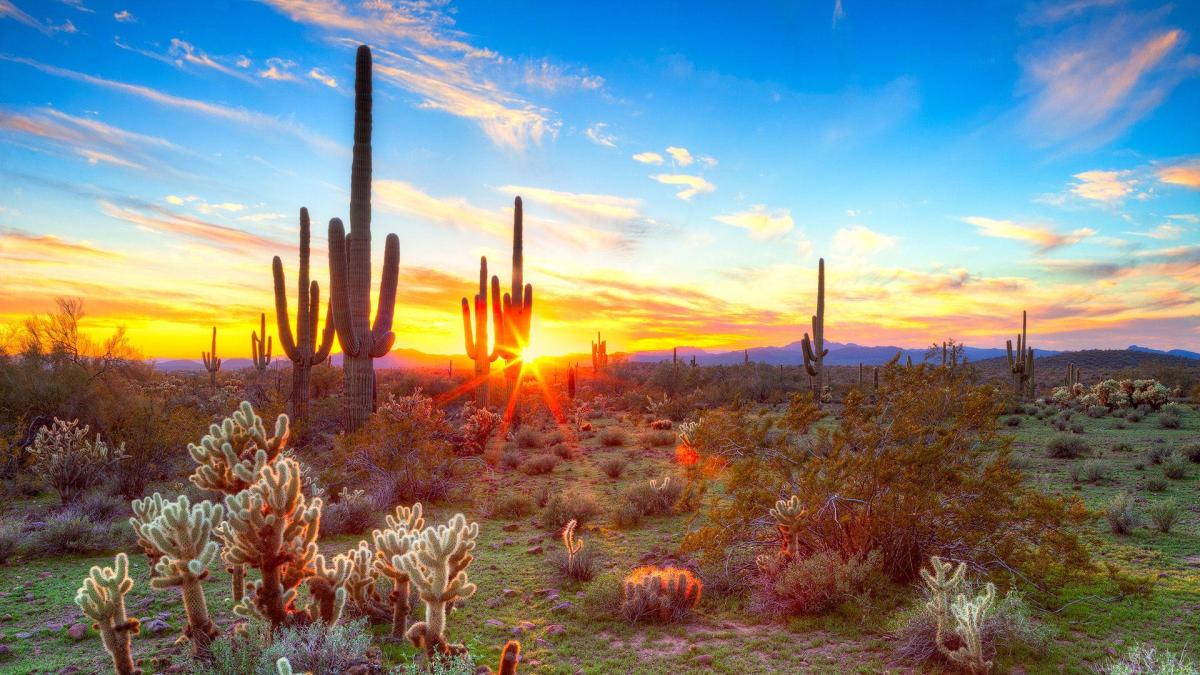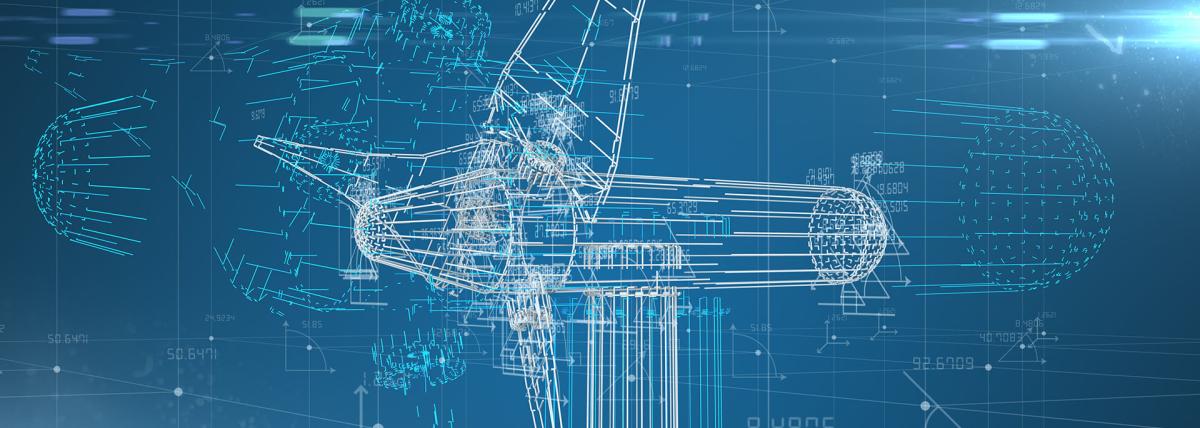
In this hands-on lesson, students work in groups as they will receive a variety of items; sketch and label each object, write their observations of the color, shape, texture and other unique

In this hands-on lesson, students work in groups as they will receive a variety of items; sketch and label each object, write their observations of the color, shape, texture and other unique

This lesson will show students that genetic traits come from a lot of different places, and we are all different but still made of the same things. It will use real-time data collection to present

In this outstanding lesson, students will apply their knowledge of how natural and human-caused changes to habitats or climate can impact our world in a stop motion film. The lesson covers a Science

By creating a stop motion animation, students will gain a deeper understanding of how landforms develop, are weathered, and erode. This is an engaging way to help infer the history of the current

Students start by listening to "Those Darn Squirrels", by Adam Rubin. Instead of helping the birds, the students will explore the technology and the engineering design process to help those pesky

In this creative lesson, students will digitally create objects on a four-quadrant background and use the unit circle reference angles to demonstrate the angles and radians their object are at.

In this lesson students use a picture book to look for cause and effect relationships between biotic and abiotic factors in an ecosystems using systems thinking strategies. Students create a

This engaging lesson is the 2nd lesson in a series of 2 focused on data science inquiry. Students use their My Data Portraits from Lesson 1 for data collection, analysis, presentation, reflection and

In this lesson, students will learn about the different types of flying machines and differentiate between them and identify the different parts of a drone. They will also learn about their functions.